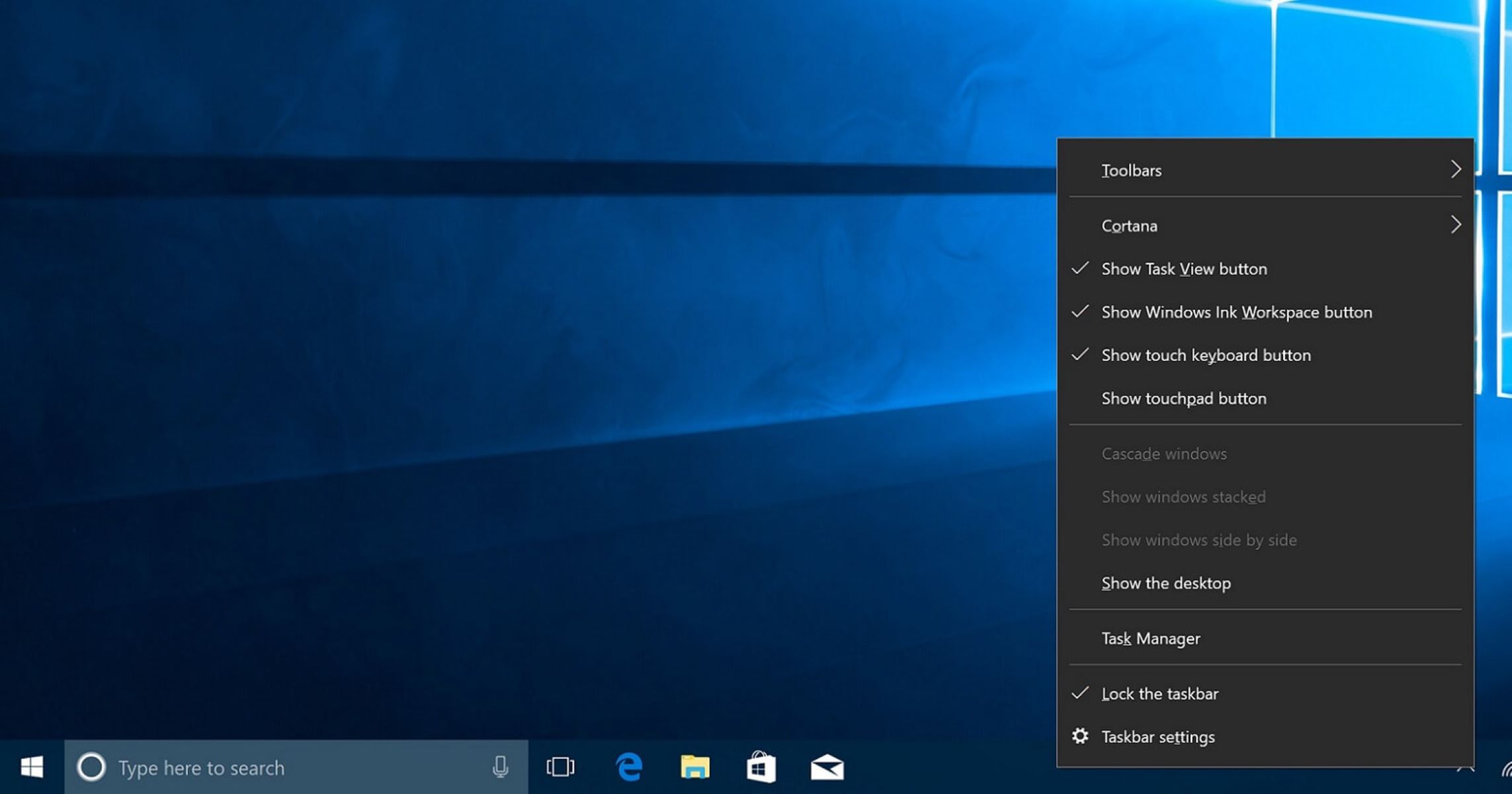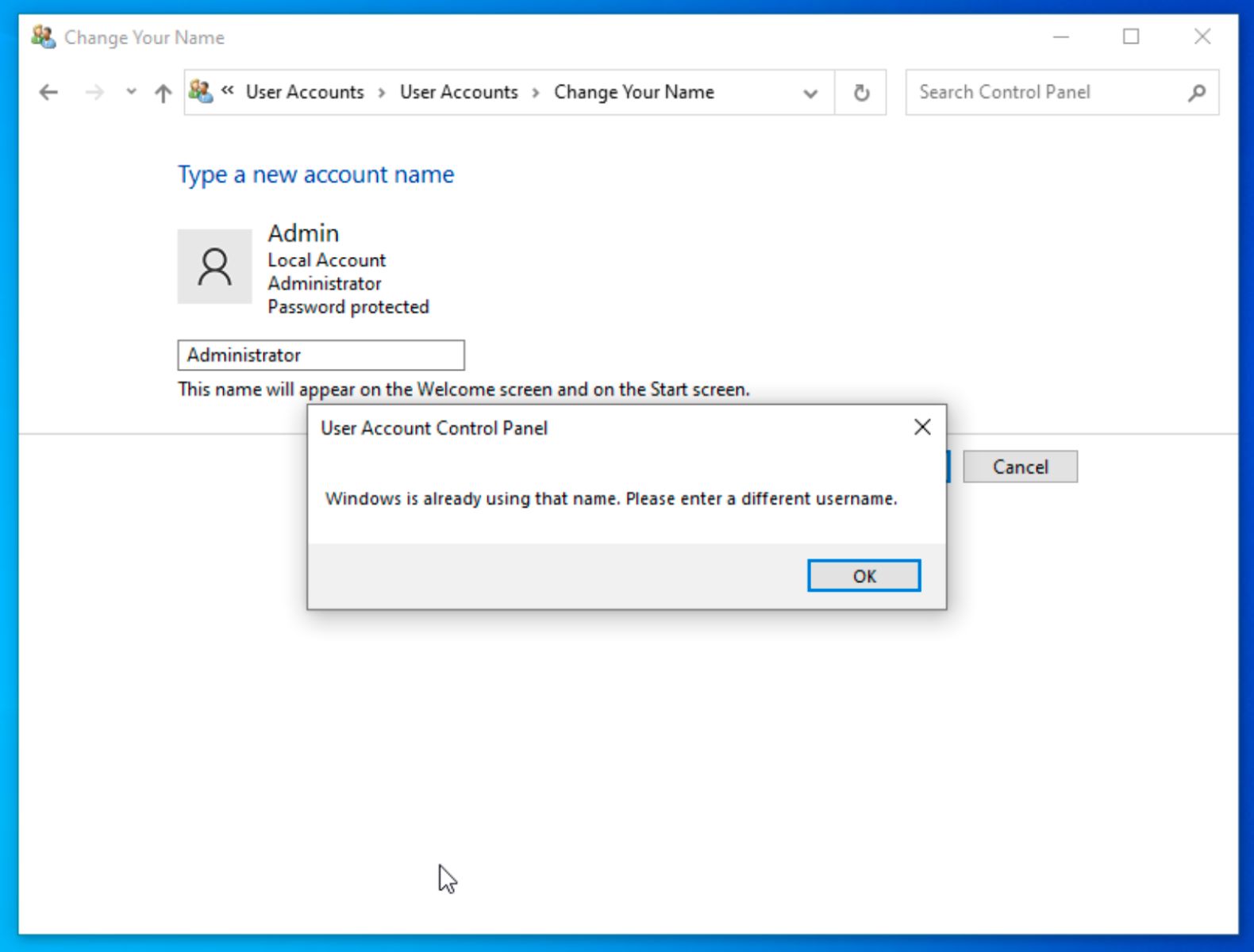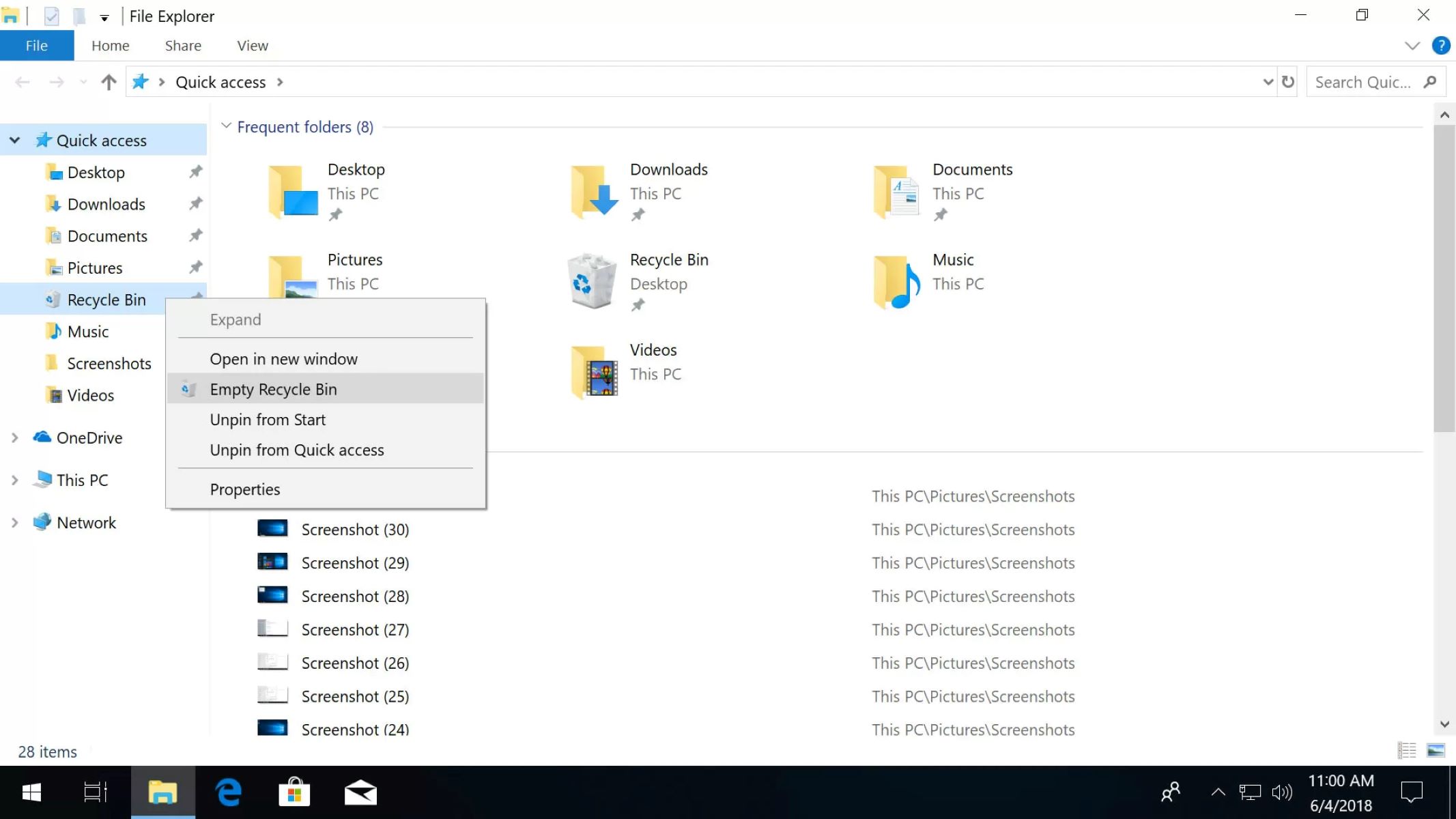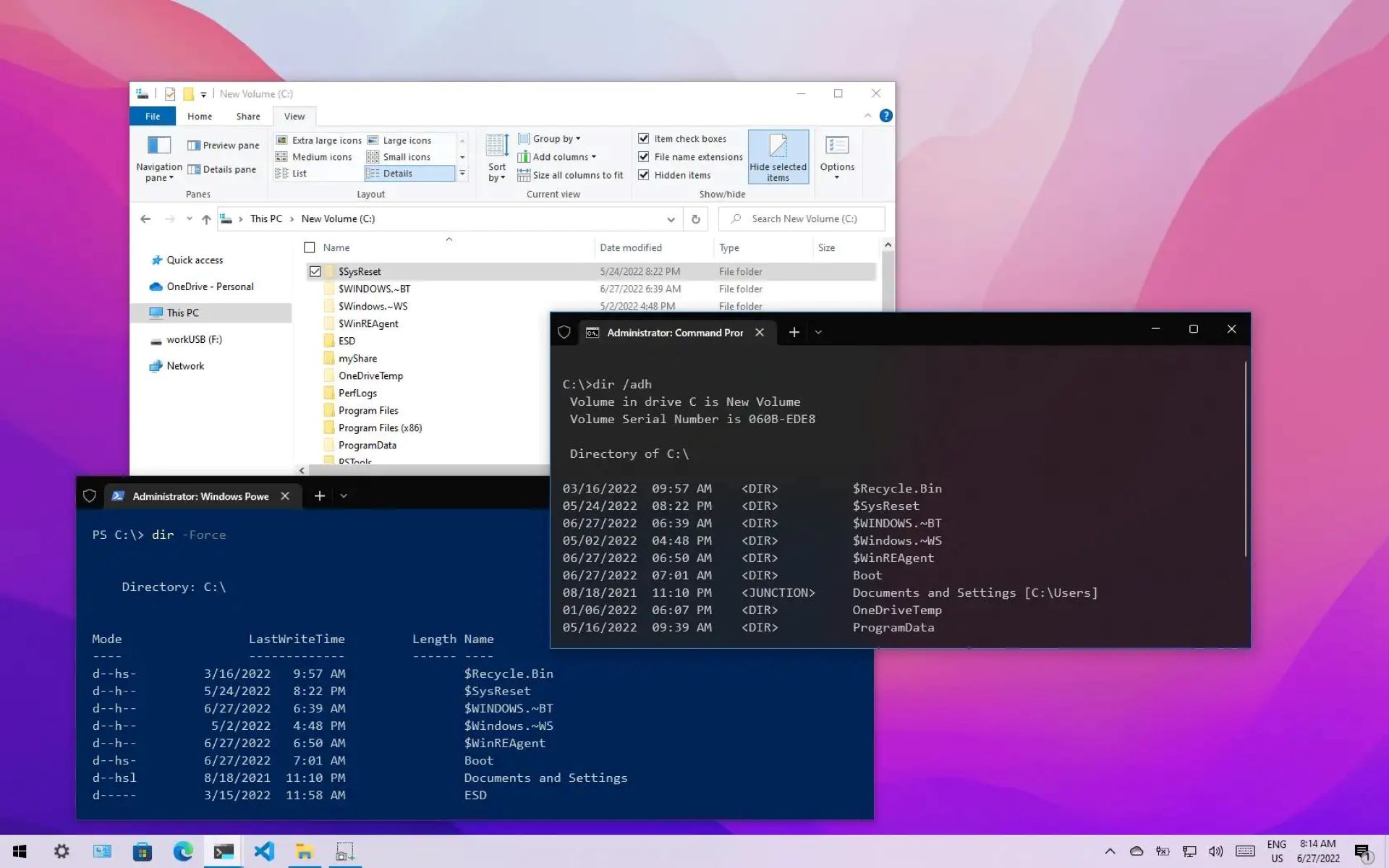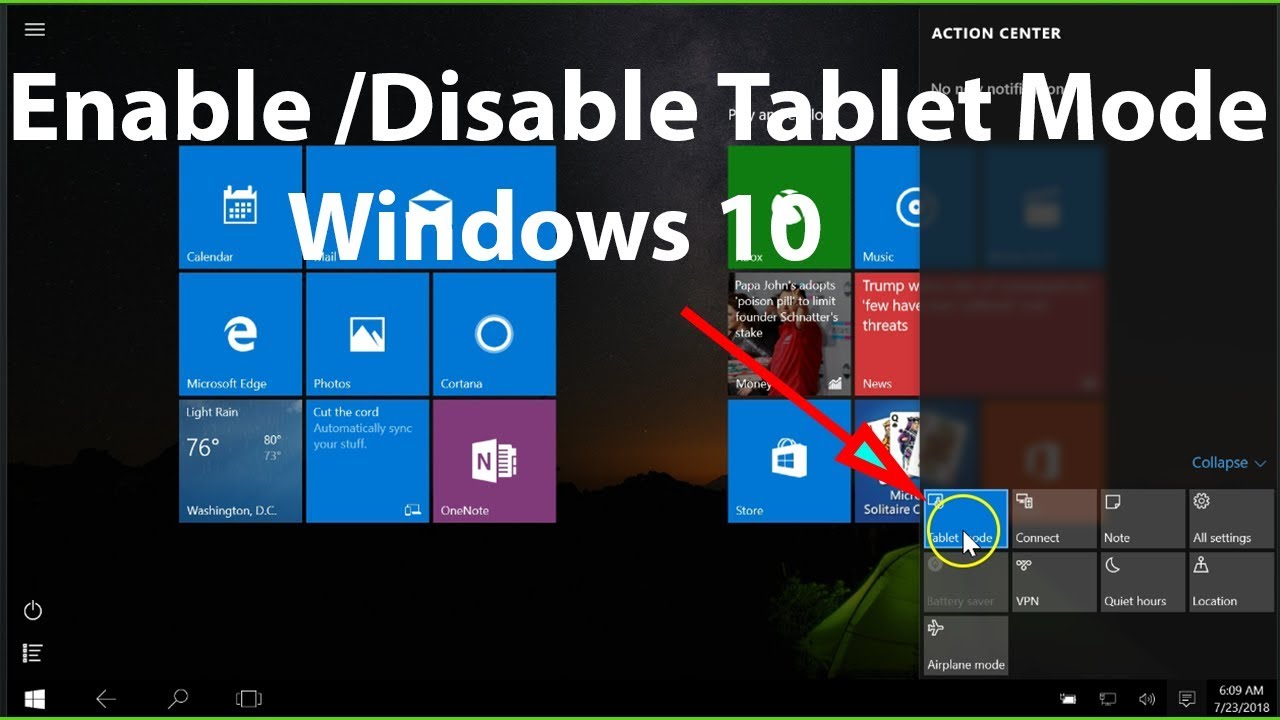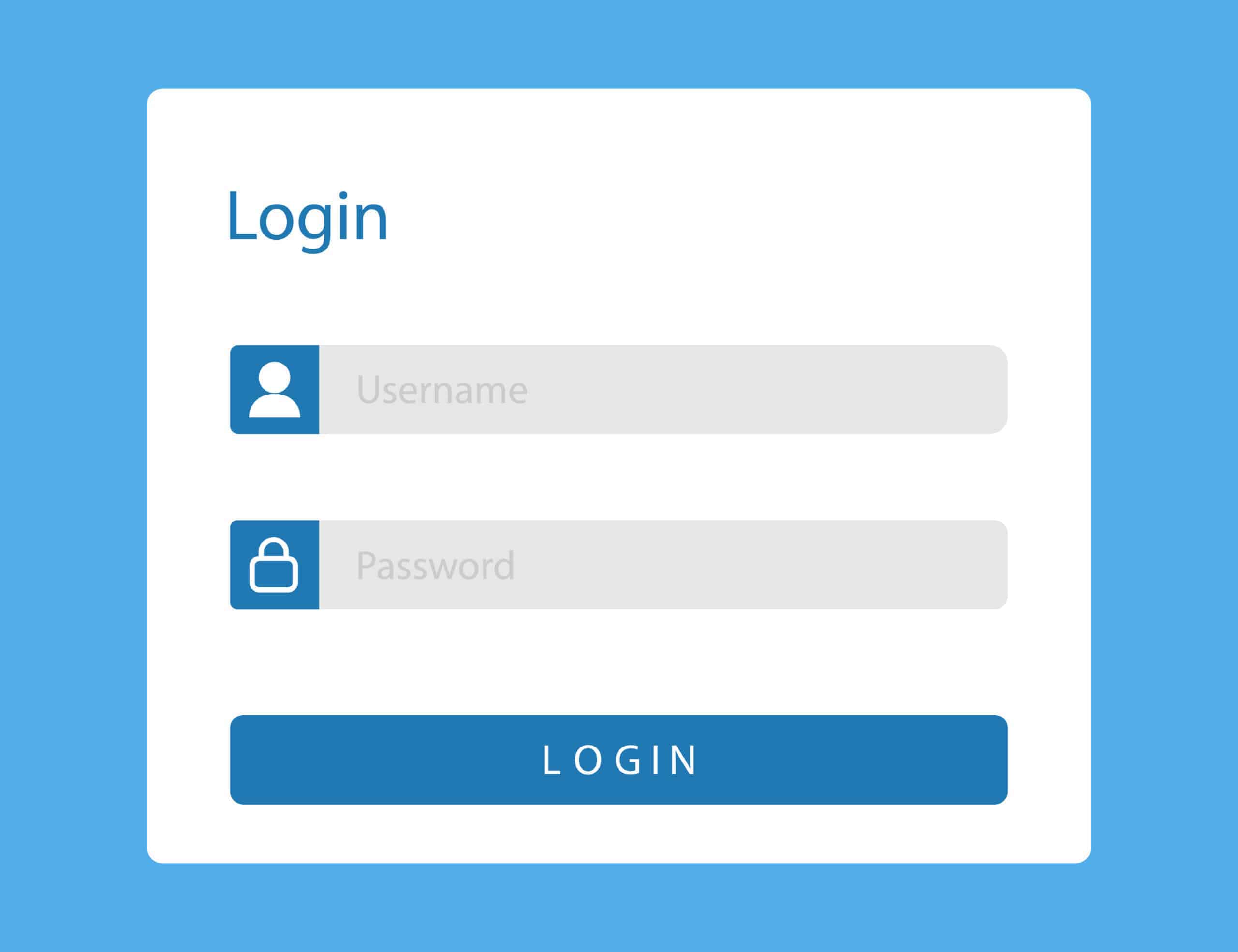Introduction
Windows 10 is known for its flexibility and customization options, allowing users to personalize their desktop and file icons according to their preferences. Changing icons can help you give your computer a fresh look, reflect your style, or make it easier to find certain files or folders.
In this article, we will explore several methods that you can use to change icons on Windows 10. Whether you want to replace the default icons on your desktop, customize icons in File Explorer, or even change icons for specific file types, we’ve got you covered. We’ll also discuss using icon packs or custom icon files for more extensive customization.
Before we dive into the methods, it’s important to note that changing icons on Windows 10 requires a basic understanding of navigating the system settings and file management. However, don’t worry; we’ll provide step-by-step instructions to make it easy for users of all levels.
So, if you’re ready to add a personal touch to your Windows 10 experience, let’s get started with the various methods you can use to change icons on your computer.
Method 1: Changing Icons on the Desktop
If you want to give your desktop a fresh look by changing the icons of your shortcuts or folders, Windows 10 provides a straightforward method to do so. Here’s how:
- Begin by right-clicking on the shortcut or folder you want to modify. A context menu will appear.
- In the context menu, click on “Properties” at the bottom. This will open the Properties window for the selected icon.
- In the Properties window, navigate to the “Shortcut” tab.
- Click on the “Change Icon” button located at the bottom right corner of the window.
- A new window will appear, displaying a selection of default icons that you can choose from. These icons are categorized into different libraries such as Shell32.dll and imageres.dll.
- Browse through the available icons and select the one that you want to use. Alternatively, if you have your own icon file, you can click on the “Browse” button and navigate to its location on your computer.
- Once you’ve selected your desired icon, click on “OK” to apply the change.
- Back in the Properties window, click on “Apply” and then “OK” to confirm the modifications.
Voila! The icon for your shortcut or folder will now be updated to the new one you selected. Repeat these steps to change icons for other shortcuts or folders on your desktop as desired.
Changing icons on the desktop is a quick and easy way to personalize your computer and make it reflect your style or organizational preferences. Let’s move on to the next method to explore further customization options in Windows 10.
Method 2: Changing Icons in File Explorer
In addition to customizing icons on the desktop, Windows 10 also allows you to change icons in File Explorer. This method lets you modify the icons associated with specific file types, making it easier to identify and locate files at a glance. Here’s how you can do it:
- Open File Explorer by pressing the Windows key + E on your keyboard or by clicking on the File Explorer icon in the taskbar.
- Navigate to the folder containing the file type that you want to change the icon for.
- Right-click on a file with the desired file type, such as a .txt or .docx file, and select “Properties” from the context menu.
- In the Properties window, click on the “Change” button located next to the icon preview.
- A new window will appear displaying a variety of icons. You can choose from the default icons provided or click on “Browse” to locate a custom icon file on your computer.
- Select the desired icon and click on “OK”.
- Back in the Properties window, click on “Apply” and then “OK” to save the changes.
Now, every file of that particular type within the selected folder will display the new icon you assigned to it. This can help you quickly identify and differentiate files based on their icons, improving your workflow.
Remember, this method is specific to changing icons for a particular file type. If you want to globally change icons for all files of a specific type throughout your computer, you may need to use additional tools or registry tweaks.
Now that you know how to change icons in File Explorer, let’s move on to the next method, where we will explore how to customize icons for specific file types.
Method 3: Changing Icons for Specific File Types
Customizing icons for specific file types in Windows 10 allows you to differentiate between various file formats and make them easily recognizable at a glance. This method is ideal if you want to give a unique identity to different types of files. Here’s how you can change icons for specific file types:
- Start by opening File Explorer on your Windows 10 computer.
- Click on the “View” tab in the menu at the top of the window.
- In the “View” tab, locate and click on the “Options” button on the right-hand side. This will open the Folder Options window.
- In the Folder Options window, select the “File Types” tab.
- Scroll through the list of registered file types until you find the one you want to change the icon for. For example, if you want to change the icon for .txt files, locate “txt” in the list and select it.
- Click on the “Advanced” button next to the file type list.
- A new window will appear. In this window, click on the “Change Icon” button.
- You will see a list of available icons associated with the selected file type. You can choose from the default icons or browse for a custom icon file by clicking on the “Browse” button.
- Select your desired icon and click on “OK”.
- Back in the Folder Options window, click on “OK” to save the changes.
After following these steps, all files of the selected file type will now display the new icon you assigned to them. This makes it easier to identify and distinguish between different file formats, providing a more organized and personalized file management experience.
Remember that changing icons for specific file types using this method will only apply to your user account on the computer. If you want to change file type icons system-wide, you may need administrative access or additional configurations.
Now that you know how to change icons for specific file types, let’s move on to the next method, where we will explore using icon packs or custom icon files for more extensive customization.
Method 4: Using Icon Packs or Custom Icon Files
If you’re looking for more extensive customization options and a wider range of icons to choose from, using icon packs or custom icon files is the way to go. This method allows you to completely transform the look of your Windows 10 interface with a collection of icons that suit your style. Here’s how you can use icon packs or custom icon files:
- Start by searching for icon packs or custom icon files online. There are numerous websites and communities where you can find a wide variety of icon packs available for download. Make sure to choose a pack that is compatible with Windows 10.
- Once you’ve downloaded the icon pack, extract the contents if necessary. Typically, icon packs come in compressed format (.zip or .rar).
- You can use the built-in extract functionality of File Explorer or third-party tools like WinRAR or 7-Zip to extract the icon pack files.
- After extracting the files, you will find a collection of icon files, usually in .ico format. These files correspond to different icons included in the pack.
- Locate the specific icon you want to use, right-click on it, and select “Copy”.
- Next, navigate to the target file or folder where you want to apply the new icon.
- Right-click on the file or folder and select “Properties” from the context menu.
- In the Properties window, navigate to the “Shortcut” tab.
- Click on the “Change Icon” button.
- A new window will appear. Paste the copied icon file path in the provided field or click on the “Browse” button to select the icon file manually.
- Select the desired icon and click on “OK”.
- In the Properties window, click on “Apply” and then “OK” to confirm the changes.
By using icon packs or custom icon files, you can give your Windows 10 interface a unique look and feel. From minimalistic designs to vibrant colors, the options are endless, allowing you to truly personalize your computer.
Remember to explore different websites and communities dedicated to icon customization to find a wide range of icon packs and custom icon files that suit your preferences.
Now that you know how to use icon packs or custom icon files, you can take your Windows 10 customization to the next level. Let’s wrap up this article by summarizing what we’ve learned.
Conclusion
Customizing icons on Windows 10 can breathe new life into your computer and make it reflect your personality and style. Whether you want to change icons on the desktop, in File Explorer, for specific file types, or using icon packs and custom icon files, Windows 10 offers a range of options to suit your preferences.
By following the step-by-step methods outlined in this article, you can easily modify icons and transform the look and feel of your computer interface. The ability to personalize your icons not only adds visual appeal but also improves organization and makes it easier to find and identify files and folders.
Remember to be creative and explore different sources for icon packs and custom icon files that match your desired aesthetic. With a vast array of choices available online, you can find the perfect icons that resonate with your unique style.
So, go ahead and have fun customizing your Windows 10 icons! Enjoy the process of creating a personalized visual experience that brings joy and efficiency to your computer usage.








